
What is carbon capture?
Carbon dioxide (CO2) emissions generated by human activities have led to an accumulation of greenhouse gases in the atmosphere that is causing an increase in
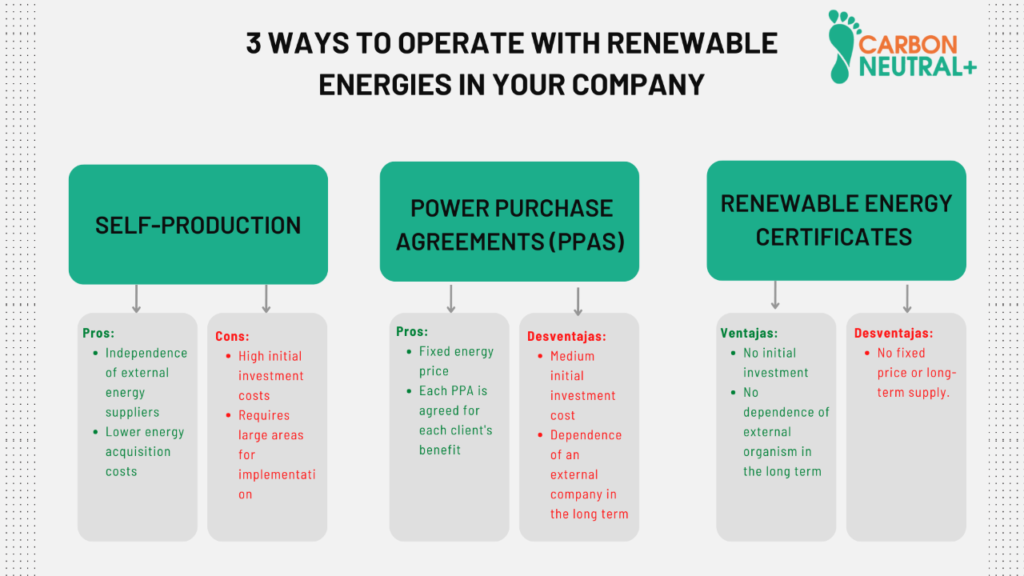
Undoubtedly, more and more companies are deciding to use renewable energy. This is due to the fight against climate change, which requires society and industries to be increasingly committed to sustainability in their processes.
To comply with the environment and current regulations, there are different ways to operate with renewable energy. Many of them do not require large investments or installation of expensive equipment, making the transition possible for small and medium-sized companies that would not otherwise be able to afford these costs.
In this article, we will tell you three methods to use renewable energy in your company and the advantages and disadvantages of each method. The practices we will discuss are self-production, purchase of energy contracts, and renewable energy certificates.
Environmental degradation is an issue that generates concern in companies and individuals. And while we need to be aware of the problem, we must take actions that align with this new line of thinking.
Energy consumption currently accounts for 73% of global greenhouse gas emissions. In other words, reducing these emissions through renewable energies is an excellent opportunity for companies to take.
At the same time, renewable energy prices have decreased significantly over the last 20 years. Today, clean energy is cost-competitive with non-renewable fossil fuels. This means that those who decide to increase the use of this type of energy face an enormous economic and not only environmental opportunity. According to Our World in Data:
Below, we’ll discuss 3 ways to use renewable energy in your business and the advantages and disadvantages of each.
At the end of the article, we will detail some things you should consider before deciding on one of these methods.
Self-production of renewable energy is the oldest method of using renewable energy at the industrial or business level. This is the only way a company could supply power from on-site renewable sources.
In this method, an initial investment must be made to develop the company’s renewable energy facilities. The most common example is the installation of solar panels on rooftops or land available to produce solar energy.
By having total control of the installation, this method allows, in addition to reducing Scope 2 emissions (related to the electrical energy purchased), to perceive a decrease in energy-related costs.
In addition to solar energy, other ways to implement this method are through small windmills (mini wind), the development of shallow geothermal energy, and the generation of biogas through biodigesters that are fed with organic waste.
To learn more about these types of renewable energy, read our article “What are the differences between renewable and non-renewable energy”.
Below, we list the advantages and disadvantages of this method:
Advantages:
Disadvantages:
Power Purchase Agreements (PPAs) are long-term agreements between two parties. On the one hand, the power generator, and on the other hand, the consumer. Through this agreement, the generator produces renewable energy to supply the utility. The agreement usually lasts between 10 and 15 years and is accompanied by a fixed cost in U$D for each MWh agreed.
PPAs define all the terms of the sale of electricity. This means that the agreement will fix the moment when the operation will start, the terms in which the electricity will be delivered, and the payment terms, among others.
This way, the company acquiring PPAs will operate with renewable energy produced somewhere in the country, not necessarily close to the buyer’s region. The profitability of the agreement will depend on the economic agreement made between the company and the generator at the beginning of the contract.
Advantages:
Disadvantages:
I-RECs are renewable energy certificates that exist in several Latin American countries and other markets around the world. An I-REC refers to a certificate with information on electricity production from renewable sources. This certificate has a unique identification number containing data supporting the origin of the energy acquired.
I-RECs are a simple and flexible mechanism for a company to operate with renewable energy without resorting to significant self-production investments or long-term financial agreements fixed in U$D.
For a company to operate with renewable energy in this way, it must pay its supplier for each MWh of electricity consumed and also purchase the “renewability” of the power. The latter refers to the environmental and social attributes of renewable energy generation.
A renewable power plant can sell the energy as if it were zero to the spot market (without its renewability attribute). Then, on the other hand, it will sell the “renewability” of the energy through certificates. Therefore, it sells the MWh of energy separately from the energy’s environmental benefits.
Unlike a PPA, purchasing I-RECs is done on a MWh by MWh basis. Therefore, establishing a long-term agreement is unnecessary, but the company will always pay a small premium on its energy cost. But it is an ideal tool for those who want to operate with renewable energy without incurring long-term contracts or investing in physical assets.
Advantages:
Disadvantages:
To learn more about this mechanism, read our article: I-REC: New renewable energy certificates.
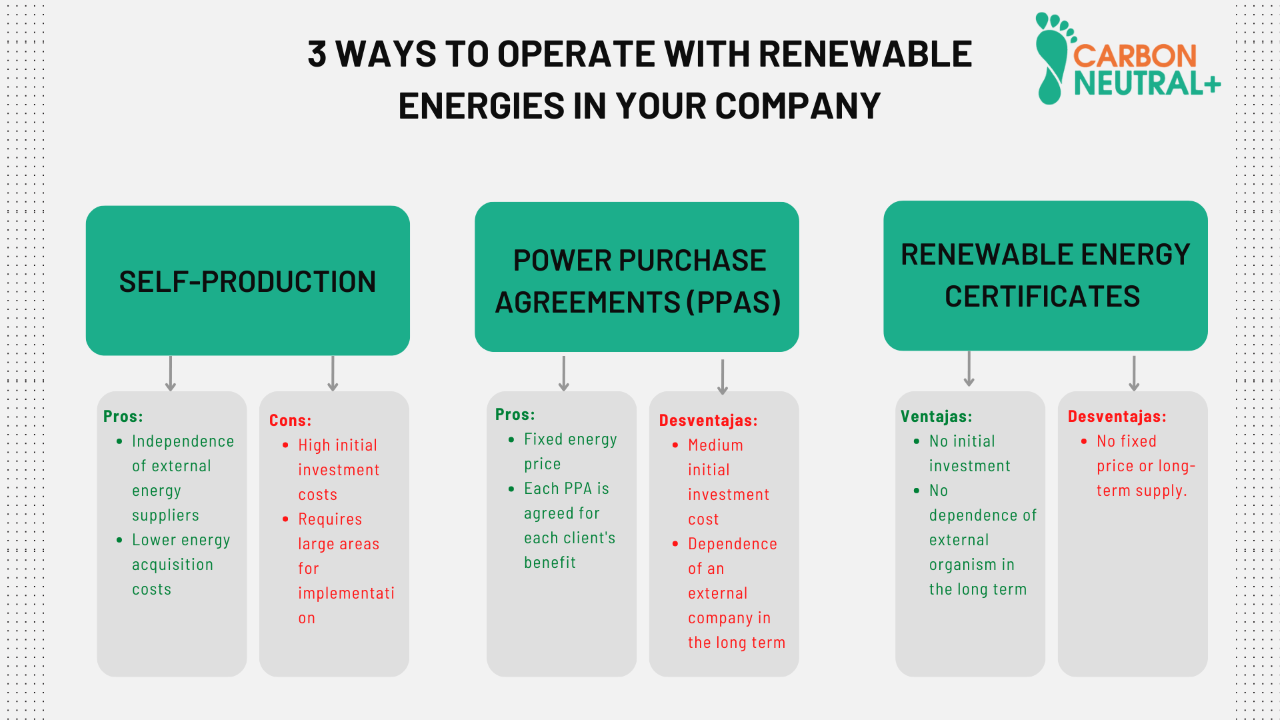
Pros & Cons of the three methods to use renewable energy in your company.
We list some factors to take into account when selecting the method to use renewable energy in your company:
If you want to reduce your company’s emissions through the purchase of renewable energy certificates with BIOREC+, you can check out our MARKETPLACE.
If you have any questions, please contact us at info@carbonneutralplus.com.
BIOREC+ is an ecolabel issued by CARBON NEUTRAL+ that guarantees that they are operating with renewable energy through Renewable Energy Certificates issued by the I-REC Standard. The “plus” is linked to the fact that 1/3 of the funds are used to ensure local impact through the financing of renewable energy projects in vulnerable areas. In this case, in Argentina, CARBON NEUTRAL+ is working with the Ecoandina Foundation to install solar water heaters in community kitchens and rural schools to replace wood-burning stoves.

Carbon dioxide (CO2) emissions generated by human activities have led to an accumulation of greenhouse gases in the atmosphere that is causing an increase in
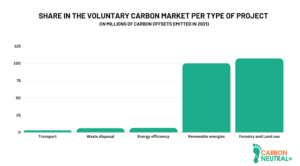
According to the Emissions Gap Report 2022, the growth rate of global greenhouse gas (GHG) emissions has declined over the last decade. Between 2010 and
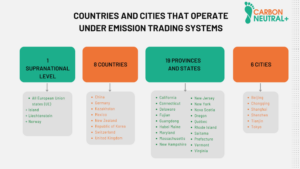
As international agreements related to corporate greenhouse gas emissions (GHG) come into force, the regulations associated with the generation of these emissions increase. This is
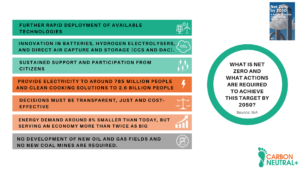
Climate change is one of the greatest concerns of our time. This phenomenon is generating consequences that are difficult to reverse, such as an increase

The Paris Agreement is an international agreement adopted on December 12, 2015 during the United Nations Climate Change Conference (COP21) in Paris, France. One of
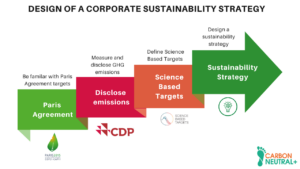
As the world faces the looming effects of climate change, more and more companies are recognizing the importance of adopting sustainable strategies that aim to
| Cookie | Duration | Description |
|---|---|---|
| cookielawinfo-checkbox-analytics | 11 months | This cookie is set by GDPR Cookie Consent plugin. The cookie is used to store the user consent for the cookies in the category "Analytics". |
| cookielawinfo-checkbox-functional | 11 months | The cookie is set by GDPR cookie consent to record the user consent for the cookies in the category "Functional". |
| cookielawinfo-checkbox-necessary | 11 months | This cookie is set by GDPR Cookie Consent plugin. The cookies is used to store the user consent for the cookies in the category "Necessary". |
| cookielawinfo-checkbox-others | 11 months | This cookie is set by GDPR Cookie Consent plugin. The cookie is used to store the user consent for the cookies in the category "Other. |
| cookielawinfo-checkbox-performance | 11 months | This cookie is set by GDPR Cookie Consent plugin. The cookie is used to store the user consent for the cookies in the category "Performance". |
| viewed_cookie_policy | 11 months | The cookie is set by the GDPR Cookie Consent plugin and is used to store whether or not user has consented to the use of cookies. It does not store any personal data. |